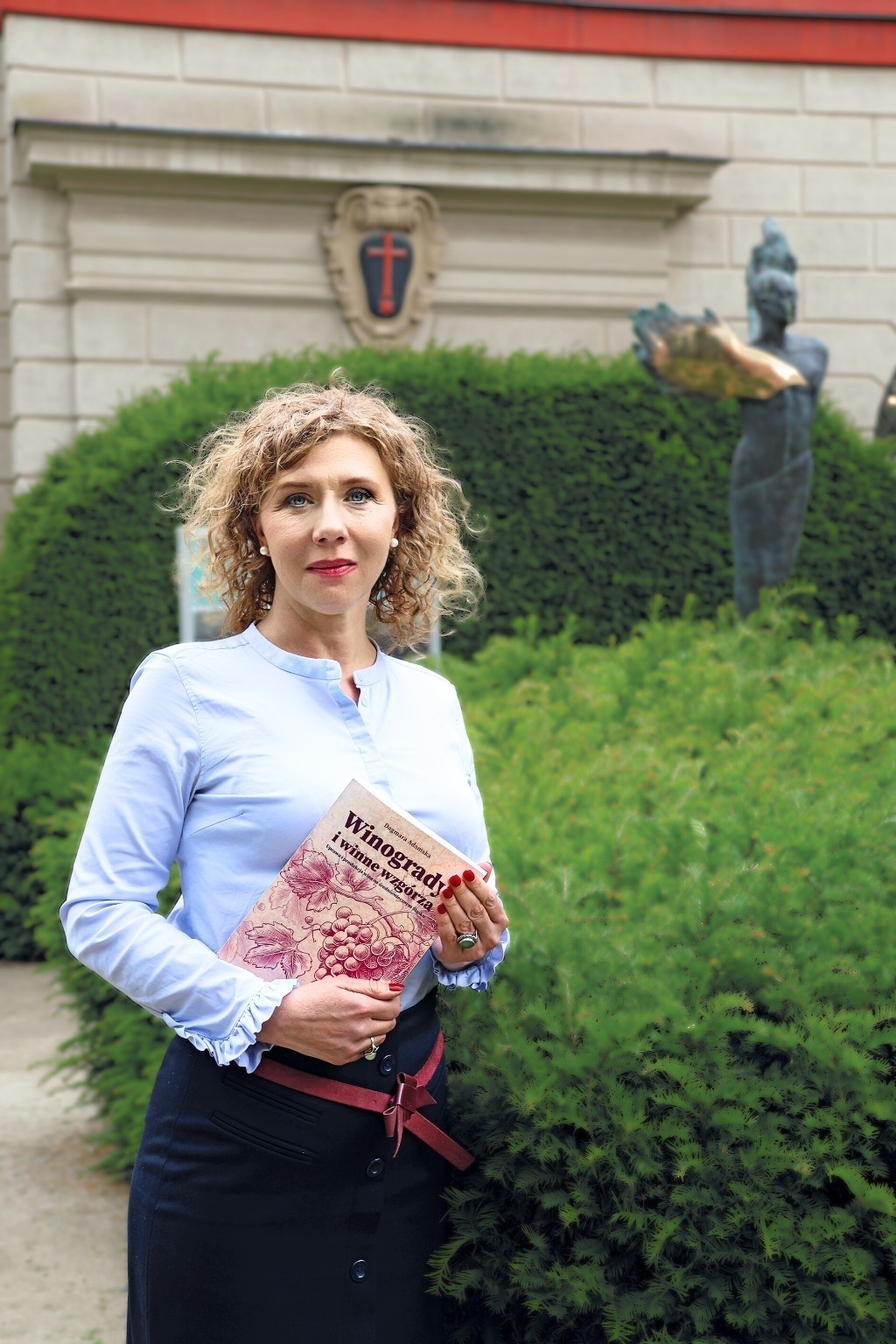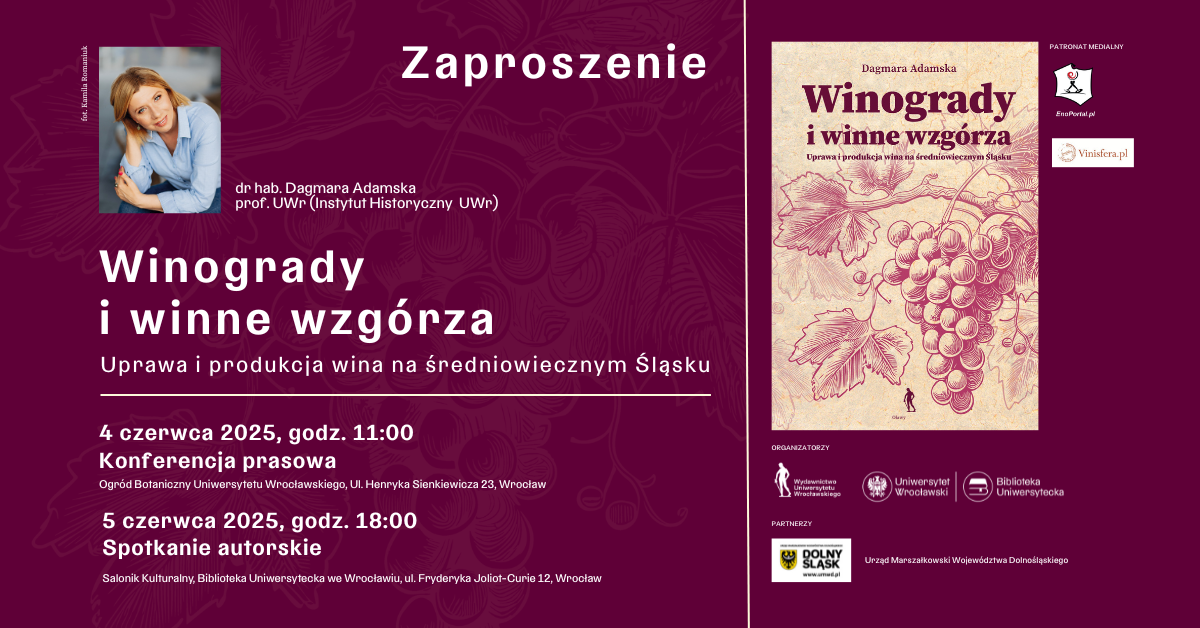
Polish wine – a lesser-known tradition with a fascinating history
Polish wine – although not as well-known as its Western European counterparts – has a rich and intriguing history. Its “career” began at the tables of the elite – princes and bishops – in castle halls and monastic refectories. It was served to envoys and high-ranking dignitaries and offered to guests at weddings and betrothals. Wine was considered a prestigious beverage and it was widely believed that those aspiring to join the social elite should partake in it. This elevated status also stemmed from its sacred function – in Catholic liturgy, wine symbolises the blood of Christ.
This began to change in the late Middle Ages, when wine became accessible to the lower social classes. As wine production spread across Silesia, its price decreased and its variety increased.
The history of wine in medieval Silesia is explored in detail in Winogrady i winne wzgórza. Uprawa i produkcja wina na średniowiecznym Śląsku, a book by prof. Dagmara Adamska of the University of Wrocław. The author has uncovered a wealth of fascinating source material – engravings, maps, artefacts and archival collections – currently held by the State Archives in Wrocław and its branches, as well as in Prague, Brno and Berlin. The information found by prof. Adamska is not only invaluable, but surprisingly abundant. Over many years, she has gathered an impressive collection of archival materials into a proverbial “folder” – including seals, wine cellar records and even written contracts, such as an agreement between the Brzeg City Council and local winemakers. This particular document outlines, among other things, the shared costs of constructing a water supply system for the vineyards near Brzeg. Until the early 20th century, such materials were stored in town hall offices. One example is a collection of waste paper (drafts of bills and documents) discovered in the attic of the Świdnica town hall. Documents from other cities have also survived in good condition.
The book likely presents the most complete list to date of locations where vines were cultivated in the Middle Ages. It offers a fresh perspective on the role of domestic wine (as it was referred to in historical sources) in the development of table culture and evolving tastes of the time. The publication also covers technical aspects – how wine was stored, how its quality was improved, what it was spiced with, and how souring was managed. It also discusses imported wines – where they came from and how much they cost.
Winogrady i winne wzgórza. Uprawa i produkcja wina na średniowiecznym Śląsku reveals to readers an extraordinary chapter in the region’s history, when wine was a vital part of daily life, religion, and culture. In the Middle Ages, areas that today correspond to Świdnickie Suburb, Huby, Tarnogaj, Gaj and Glinianki were inhabited by communities known as kapuściarze or zieleniarze, who specialised in growing fruit and vegetables. These groups had their own distinct culture, clothing, and even dialect. Professor Adamska’s publication also mentions a winemakers’ guild, whose members formed similarly distinct communities with unique traditions, customs, and architecture.
This book will appeal not only to history enthusiasts and wine lovers, but is a must-read for anyone wishing to discover Silesia’s viticultural identity. The publication offers an engaging insight into the relationship between people and their environment, enriched with scans of illustrations, engravings, maps and photographs of artefacts.
More about the book will be shared at a press conference on 4 June at 11:00 at the Botanical Garden, and at the author’s event on 5 June at 18:00 in the Cultural Lounge of the Library of the University of Wrocław.
Admission is free – all are warmly invited!

Text: Anna Klementowska, Science Department
Date of publication: 3.06.2025
Added by: M.K.



